There is a long line of intense rivalry between St Kilda and the Swans, dating back to when the red and whites had their home across the Albert Park Lake and St Kilda was based at the Junction Oval.
The local derbies were always dubbed the “Lake Premiership” by the press in olden days and on September 15, 1923 that rivalry reached its zenith as the two teams met in the final home and away round and entered the fray knowing that the winning side would be guaranteed a finals berth.
The game was always going to attract a big crowd, with predictions that it could hit the 40,000 mark. In the end, it was played out before a monster attendance of roughly 48,000.
It was impossible to determine the actual figure as over 2000 people, frustrated at waiting outside broke down the fence behind the caretaker’s cottage and stormed through the fence and barbed wire. Forty yards of the ground’s perimeter fence collapsed, and a number of people climbed to the top of the grandstand for a better view. It was reported that up to 10,000 people were turned away.
The situation produced one of the most amazing crowd shots in footy history as hundreds perched precariously on top of the corrugated iron grandstand roof and at ground level spilled onto the arena and parked themselves between the fence and the boundary line.
At the time, it was reckoned to be the biggest crowd ever seen for anything other than a finals match.
During the week, police had approached St Kilda asking that their players help to protect the umpire Jack McMurray at the end of the game. It appears that threats had been made. In the end, the only incident came when a lad kicked McMurray as he was leaving the field. The culprit was then floored by another lad.
St Kilda pulled off a shock move in the lead-up to the game when they convinced Wally Cameron to pull on the boots. One of 10 children, the Gippsland farmer had won the club’s 1920 best and fairest in his first VFL season, and the Saints had only been able to cajole him into returning from the bush for one game in 1921 and seven in 1922.
Throughout 1923, Cameron had been playing in country comp in north east Victoria. Cameron is one of the more intriguing St Kilda Best & Fairest winners. In that stellar 1920 campaign the then 23 year-old was a dominant figure starting at centre half-forward then playing at centre-half back and the ruck.
In World War I he had served in England and France, and rose to the rank of Company Sergeant Major. Cameron was mentioned in despatches while serving in the 6th infantry brigade.
Cameron slotted straight back in against South Melbourne in the 1923 game, and was named among the best, but he and his teammates could not overcome the Southerners. St Kilda played rather disappointing football yet were still in the game at the final change. South settled the issue in the early minutes of the final term and won by 20 points.
It was Cameron’s 25th and last game for the Saints, and also marked the end of the line for Saint champ and captain-coach Dave McNamara who had begun a storied career 18 years earlier. South’s Arthur Hando did not give McNamara a look-in, and more than got even for the good display the St Kilda captain made at Hando's expense earlier in the year at the Junction Oval.
SOUTH MELBOURNE 3.2 4.7 6.12 8.20 (68)
ST KILDA 2.1 4.2 6.5 7.6 (48)
GOALS
Moyes 3 James 2, De Garis, Gunyon
BEST
Mason, Watson, Eicke, James, Cameron, Carr



